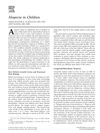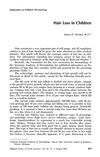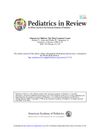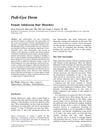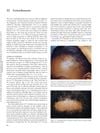Index of Suspicion: Hair Loss and Parasitic Infections
October 2000
in “
Pediatrics in Review
”
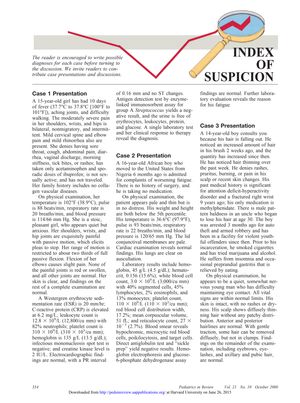
TLDR The document says that hookworms are treated with mebendazole and stress-related hair loss usually gets better in 6 months, while other hair loss types have specific treatments.
The document from 2000 discussed various conditions related to hair loss and parasitic infection. It covered the treatment of hookworm infestation, which often requires mebendazole and possibly iron therapy for severe anemia, and noted that about 25% of the global population is infected. The document also described telogen effluvium, a form of hair loss triggered by stress, which affects 25% to 50% of scalp hair and typically resolves within 6 months. Other hair loss conditions such as tinea capitis, alopecia areata, and hair trauma (including traction alopecia, frictional alopecia, and trichotillomania) were differentiated by their unique features and treatments. Finally, it presented a case of a teenager worried about male pattern baldness who ultimately showed normal hair regrowth within 2 months, indicating his condition was not androgenic alopecia.
